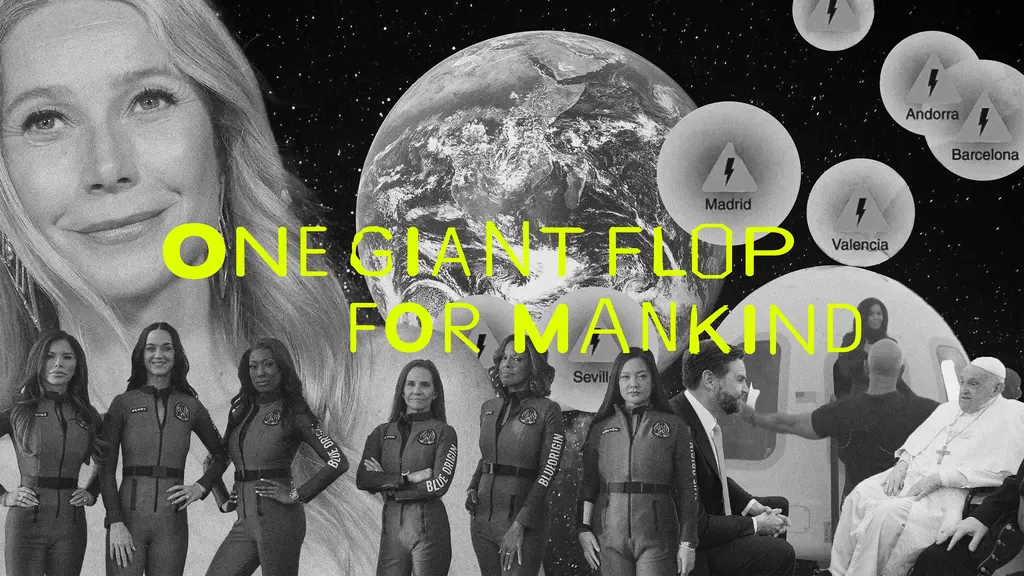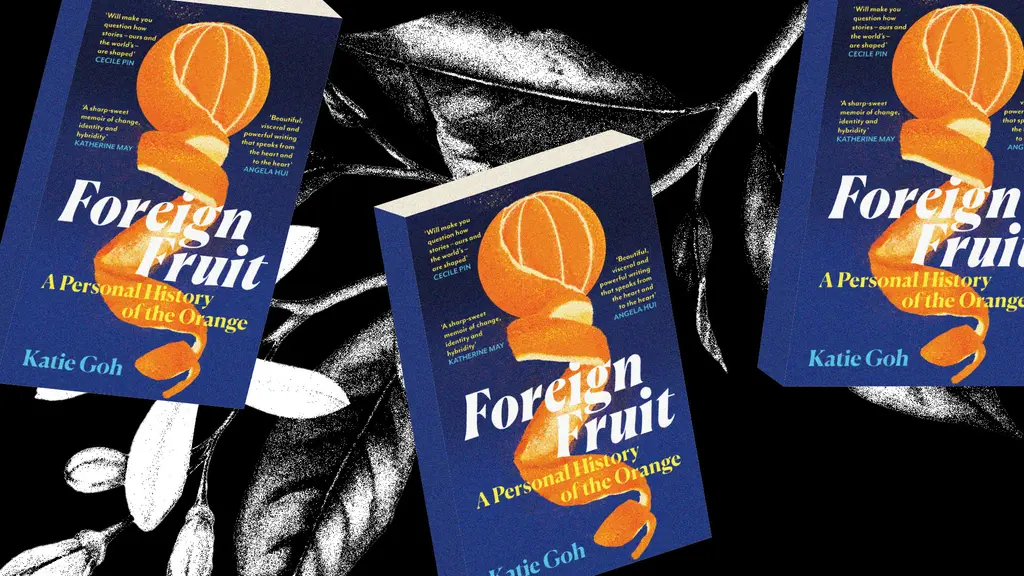Candid portraits of British students of Caribbean descent in the 1970s
- Text by Miss Rosen
- Photography by Chris Richards

Coming of age in East Yorkshire during the late 1960s, Chris Richards became aware of the Black Power, Civil Rights, and anti-war movements sweeping the United States. “I felt emotionally involved with a history seemingly other to my own English provincial life,” he remembers.
While pursuing an MA in American Studies in 1974, Richards, then 22 and married, decided to take a break to regroup and recalibrate. Needing a job, he took a teaching position at the London Borough of Waltham Forest’s West Indian Supplementary Service, an initiative to support children of Caribbean descent attending local primary and secondary schools.
It was an intervention that was desperately needed. Just three years earlier, Grenadian activist and educator Bernard Coard published the groundbreaking expose, How the West Indian Child is made Educationally Sub-Normal in the British School System, detailing systemic racism in the UK education system.
After years of daily exposure to institutional and casual racism, Coard found that a disproportionate number of Black students were labeled ‘educationally sub-normal’, ‘maladjusted’, and ‘difficult’, resulting in greater levels of unemployment.
The Supplementary Service worked to address systemic failures at the source, working with the students’ native dialects, teaching Caribbean culture and Black history. Classes were small, schedules were flexible, and methodology was innovative.
Over the next year, Richards taught first at Downsell Junior School, and then Leyton Senior High School for Boys with Winston James, a visual artist from Trinidad. “It was an exceptional and unusual first experience of teaching,” he says. “I got to know children well and, at Leyton Senior High, was able to work in an informal and collaborative atmosphere.”


The creative dynamics of the classes inspired Richards, who decided to bring the camera to work, creating an archive of the era collected in the new book, West Indian Supplementary Service. London 1974–1975 (Café Royal Books).
While the younger students were initially curious, their interest soon wore off, whereas the older students took pride in being photographed. “They dressed carefully and consciously, positioning themselves through clothing and hairstyles,” says Richards. On the whole it was convivial and relaxed, we knew each other, and taking photographs was perhaps seen as recording good times.”
Drawing inspiration from photographers like Henri Cartier-Bresson, Bruce Davidson, and Gordon Parks, Richards was drawn to documentary work. “I wanted moments caught in the flow of life,” he says. “I wanted to document the interactions of the people I got to know and, as they presented themselves in that way, to collect individual portraits too.”

During the summer of 1975, Richards worked with older students on Uptight, a magazine celebrating Black Power and pride. Having a publication gave them a voice, which they used to speak truth to power.
During one Social Studies class, Richards remembers, “One student saying enthusiastically ‘Sir, the Greeks are black too!’ In some important ways ‘being Black’ was an attractive identity, connecting with vibrant social movements in the USA, in particular, and enabling a pride and self-assurance that, at that time, seemed both fresh and unshakeable.”

West Indian Supplementary Service. London 1974–1975 is out now on Café Royal Books
Follow Miss Rosen on Twitter.
You might like

In Medellín’s alleys and side streets, football’s founding spirit shines
Street Spirit — Granted two weeks of unfettered access, photographer Tom Ringsby captures the warmth and DIY essence of the Colombian city’s grassroots street football scene.
Written by: Isaac Muk

Remembering New York’s ’90s gay scene via its vibrant nightclub flyers
Getting In — After coming out in his 20s, David Kennerley became a fixture on the city’s queer scene, while pocketing invites that he picked up along the way. His latest book dives into his rich archive.
Written by: Miss Rosen

On Alexander Skarsgård’s trousers, The Rehearsal, and the importance of weirdos
Freaks and Finances — In the May edition of our monthly culture newsletter, columnist Emma Garland reflects on the Swedish actor’s Cannes look, Nathan Fielder’s wild ambition, and Jafaican.
Written by: Emma Garland

Why Katy Perry’s space flight was one giant flop for mankind
Galactic girlbossing — In a widely-panned, 11-minute trip to the edge of the earth’s atmosphere, the ‘Women’s World’ singer joined an all-female space crew in an expensive vanity advert for Jeff Bezos’ Blue Origin. Newsletter columnist Emma Garland explains its apocalypse indicating signs.
Written by: Emma Garland

Katie Goh: “I want people to engage with the politics of oranges”
Foreign Fruit — In her new book, the Edinburgh-based writer traces her personal history through the citrus fruit’s global spread, from a village in China to Californian groves. Angela Hui caught up with her to find out more.
Written by: Angela Hui

We are all Mia Khalifa
How humour, therapy and community help Huck's latest cover star control her narrative.
Written by: Alya Mooro

